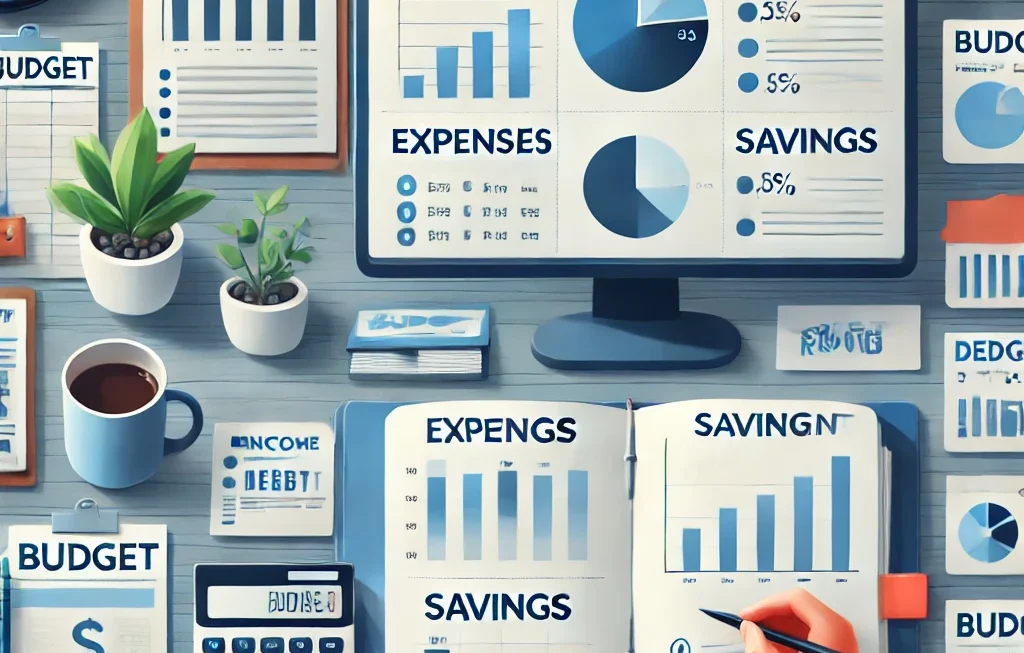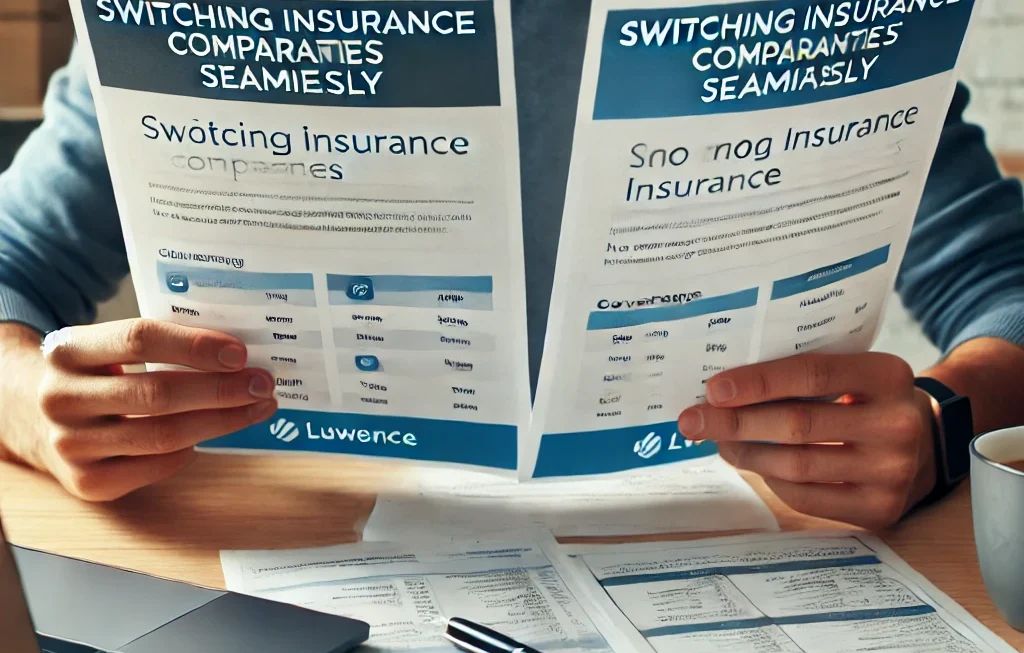Budgeting your finances to stay debt-free is not only a practical financial strategy, but it’s also a mindset that promotes long-term wealth and peace of mind. When you learn how to create a budget, stick to it, and adjust as needed, you set yourself up for a life of financial freedom, reduced stress, and the ability to achieve both short-term and long-term goals. In this comprehensive guide, we will walk through actionable steps to master your finances, prevent debt, and maintain financial health.
Why Staying Debt-Free Is Important
Staying debt-free is about more than just avoiding bills—it’s about controlling your financial future. Debt can often become a trap, where high interest rates make it harder to pay off balances, resulting in financial stress. When you live debt-free, you gain freedom. You don’t have to worry about monthly payments to lenders, and you can save for what truly matters—whether it’s retirement, a family vacation, or simply financial peace of mind.
Being debt-free also improves your overall financial stability, allowing you to handle emergencies and unexpected expenses without resorting to loans or credit cards. It provides the flexibility to make better financial choices because you’re no longer constrained by debt repayments. In short, the absence of debt translates to more financial freedom and long-term security.
Assessing Income vs. Expenses
To begin budgeting, it’s crucial to assess where you currently stand financially. Understanding the balance between your income and expenses is the foundation of creating a debt-free plan. Start by reviewing all sources of income, including salary, side jobs, and any passive income like investments or rental properties.
Next, examine your monthly expenses. Break them down into fixed costs (such as rent or mortgage payments, utilities, and loan repayments) and variable expenses (like groceries, entertainment, and dining out). Having a clear picture of your finances gives you the ability to see where adjustments are needed.
In this process, also pay attention to discretionary spending. These are the areas where overspending often happens, and being aware of them can help you make conscious decisions to either cut back or allocate funds more effectively. This awareness is the first step toward financial control and a future without debt.
What is a Budget?
A budget is essentially a plan for your money. It details how much you earn, how much you spend, and how much you can save. A good budget ensures that you live within your means and allocate funds toward your financial goals, whether that’s paying off debt, building savings, or investing for the future.
While creating a budget may seem intimidating at first, it’s one of the most powerful tools for managing your money. The key is to be realistic and flexible—your budget should evolve as your life circumstances change. Whether you are planning for a short-term goal like paying off a car loan or a long-term objective like retiring early, a budget gives you control over your finances.
Short-Term vs. Long-Term Goals
Financial goals are essential when budgeting. Without a goal, it’s easy to lose focus and revert to unhealthy spending habits. Short-term goals, such as paying off credit card debt or saving for a vacation, are often easier to visualize and achieve. These can be completed within a year and offer immediate satisfaction, making it easier to stay motivated.
Long-term goals, like buying a home or retiring comfortably, require more discipline and planning. These goals need a broader view of your finances, and you will likely need to break them into smaller milestones. For instance, saving for retirement may involve opening a retirement account, consistently contributing, and reassessing your contributions over time. Balancing short- and long-term goals within your budget will help you achieve financial success while staying debt-free.
Identifying Essential vs. Non-Essential Expenses
A crucial step in creating a budget is distinguishing between essential and non-essential expenses. Essential expenses are those that you cannot avoid, such as housing, food, utilities, transportation, and healthcare. These are necessary for your survival and basic well-being.
On the other hand, non-essential expenses are those you can cut back on, especially when you’re trying to save money or avoid debt. These include things like dining out, entertainment, and luxury purchases. While non-essential spending isn’t bad, it’s important to limit it to ensure you can prioritize more critical areas, like savings and debt repayment.
This distinction helps in reducing unnecessary financial strain, leaving more room for saving and investing in your future.
The 50/30/20 Rule of Budgeting
One of the most popular budgeting methods is the 50/30/20 rule. This method allocates 50% of your income to necessities, 30% to discretionary spending, and 20% to savings and debt repayment. It offers a simple, yet effective way to manage your finances without overcomplicating things.
By following the 50/30/20 rule, you ensure that your essential needs are covered while also leaving room for enjoyment and savings. This balance is key to staying debt-free while still living comfortably.
You Can Also Read : How to Avoid Falling Into Debt After a Financial Setback
The Importance of Keeping an Eye on Every Dollar
Tracking your spending is one of the most powerful tools for staying within budget and avoiding debt. With the rise of digital apps, it’s now easier than ever to monitor every dollar spent. Apps like Mint, YNAB (You Need a Budget), and others allow you to link your accounts and track expenses automatically.
When you keep a close eye on your spending, you can spot areas where you might be overspending and make adjustments before they spiral out of control. Consistent tracking also helps reinforce healthy financial habits, making it easier to stay debt-free in the long term.



